Paladins, the stalwart symbols of justice, are impressive frontline damage dealers in Dungeons & Dragons 5E. However, with all of the smiting and fighting, it’s easy to forget about one of the biggest reasons to take the Paladin—their spell list.
Knowing the best Paladin spells in 5E is a huge part of being an effective frontliner, both for your sake and the protection of your allies.
Unlike many spellcasters, Paladins are known as “half-casters.” They gain spells starting at level two, and improve their number of spell slots significantly slower than most classes. The result is they only get to fifth-level spell slots without multiclassing.
That being said, the Paladin learns all of their spells and prepares from a set list, making their options very versatile. Here are a few standouts that any good Paladin should have at the ready if they want to be taken seriously.
We will not be including the cantrip options that a Paladin can learn from the Blessed Warrior Fighting Style. If you choose this path, Toll the Dead and Word of Radiance are your most likely elections, though Guidance is a reasonable substitute if you want some out-of-combat.
The best spells for Paladins in DnD 5E, by spell slot
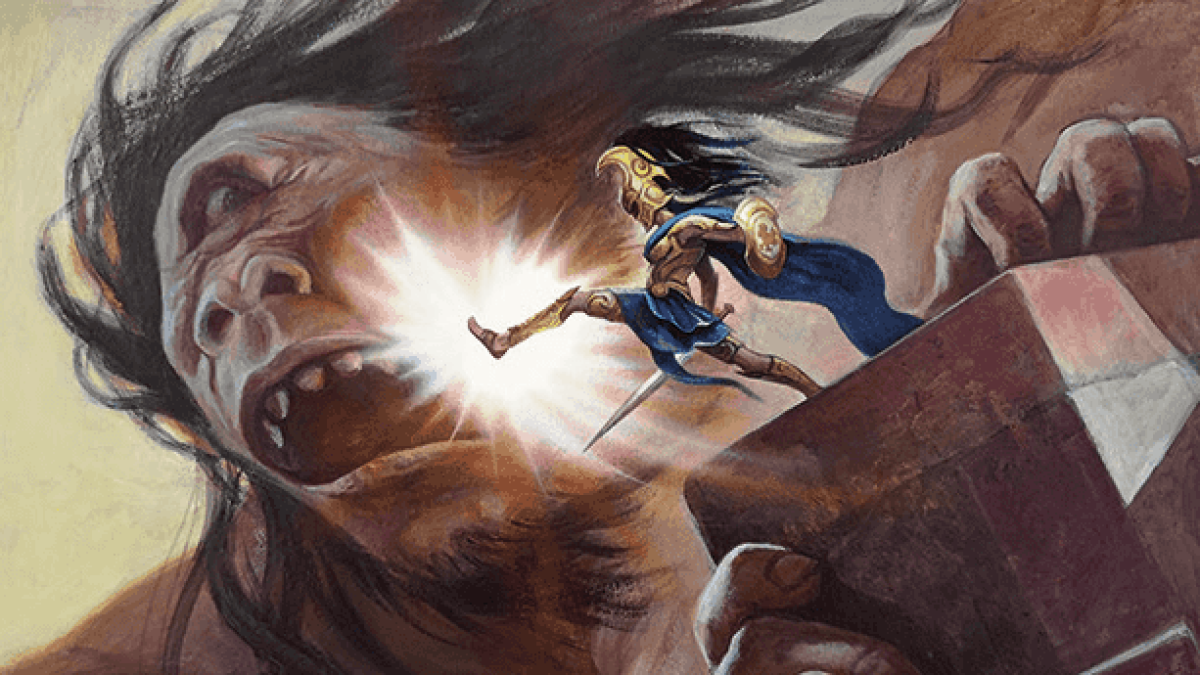
Best first-level Paladin Spells
Compelled Duel
The Paladin has some specific options that make it very powerful at isolation and dueling. Compelled Duel is the paragon of this ideal. By spending your concentration, you can point at an enemy to make it difficult for them to leave.
Many spells that restrict movement are useless at stopping teleports, but this one forces a saving throw if it tries to move away at all (at least, as the designers intended). This means that you’re fairly likely to stay in their face for a little while unless they get lucky.
Unfortunately, there are many ways to end this early. From allies attacking them to you attacking someone else or even if you can’t get to them, enemies don’t just have to break concentration. Still, all of those saving throws and situational magic give you a great chance to just ruin an enemy’s day. Few can survive a Paladin doing nothing but Smiting someone every round.
Shield of Faith
Of the concentration options available to a Paladin, Shield of Faith is a fantastic way to guarantee early-game durability. A Paladin with Full Plate, a Shield, and Shield of Faith is sitting at a comfy 22 AC. That’s hard to hit at nearly every point in the game, and discounts magical gear that further raises AC.
Considering the easiest way to disrupt concentration is by dealing damage, you’re not dropping this anytime soon. Especially after you get Aura of Protection and add your Charisma to every saving throw. This is an excellent first-level spell option that consistently turns you into a fortress.
Best second-level Paladin Spells
Find Steed
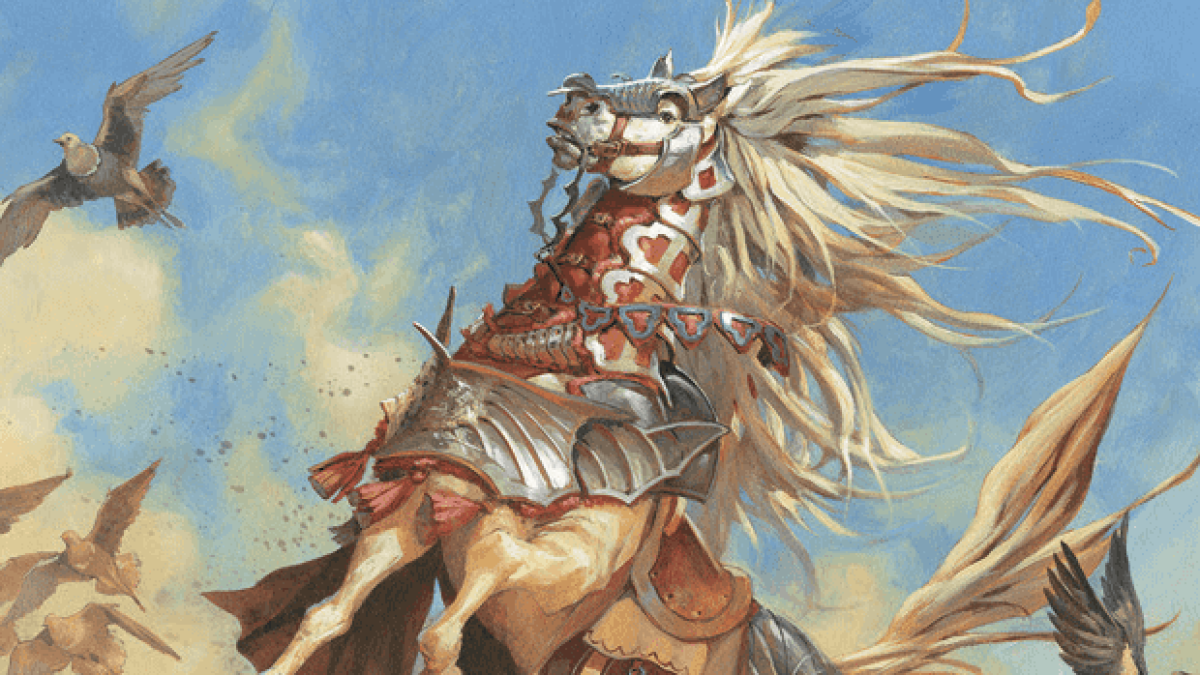
Mounted combat is difficult in 5E, often restrictive to combat outdoors, and risky without being a Ranger with an animal companion or drake. Find Steed changes the math a bit. Summoning your own steed doesn’t give it additional health, but it does let you put Shield of Faith or Protection from Good and Evil on it as well as yourself.
More importantly, easy access to mounts is quite powerful. Considering the Paladin level two spell list is largely situational magic, a loyal mount that you can call to you through telepathy is legitimately strong. Just be careful about summoning it into a fight that you think might include Fireballs.
Warding Bond
In most situations, Warding Bond provides little utility for a Cleric. They have much better things to do than eat the damage of another character.
However, with Tasha’s Cauldron of Everything, the Paladin suddenly gained access to this spell. No concentration, plus-one to AC and saving throws, and resistance to damage on the target. If you have a Monk who is taking too much damage on the frontlines, this will let them survive much, much longer.
Paladins aren’t better healers than Clerics, but with a larger hit dice pool, better HP, and slightly improved survivability in general, Warding Bond simply functions better than it does on Clerics. Get those platinum earrings.
Best third-level Paladin Spells
Blinding Smite

With level three spell slots, Blinding Smite is dropping a d8 of damage. What’s slightly more impactful, however, is the blind on this sucker. Blind is a terrifying status condition, giving the victim disadvantage on attacks, everyone attacks them with advantage, and they are unable to target with their magic. This makes Blinding Smite one of the first very effective anti-mage tools that the Paladin has to offer.
The Constitution saving throw is probably the largest bummer about it. Constitution is a saving throw that even casters have fairly high. They likely won’t have Constitution proficiency, but you’re still probably boxing a decent chance of this failing. However, even a 60 or 70 percent chance to blind is extremely scary. And it’s not like you’re losing much damage for it.
Remember, though, you must maintain concentration to keep the blind going. If you want to buff up in another way, you’ll have to drop the blind.
Crusader’s Mantle
An interesting Paladin (and War Cleric) option, Crusader’s Mantle puts a 30-foot circle on yourself. Within that circle, all creatures deal a d4 additional damage with weapon attacks.
This depends largely on your party, but this can be huge amounts of damage per turn. Characters with feats like Polearm Master and Crossbow Expert can add upwards of 5d4 damage while in this aura. And it’s not like you’re only benefiting one person in the radius. Rangers, Fighters, and Monks can ruin people with this ability. Just make sure your party likes weapon attacks before making this a staple.
Best fourth-level Paladin Spells
Death Ward
As a Paladin, being able to take a hit is a good idea. But, what happens when you run out of health? Death Ward guarantees that you can take one more blast of damage before getting knocked over. By this point, Paladins can comfortably rest at around 26-29 AC with magical items. So, enemies will either need to roll incredibly well or spend damaging spells to put you down.
It helps that this spell requires no concentration and lasts for hours. You can throw this on yourself or others before a dungeon begins and reap the rewards of essentially guaranteed survival. And, if you don’t need the spell slots, you can still burn them for 6d8 Smites. So you don’t even need much other than Death Ward.
Find Greater Steed

Find Steed is a good spell, so that means Find Greater Steed must be…great.
All jokes aside, this is a strict upgrade of Find Steed, with all of the upsides. It’s a very smart mount, you share buffs with it and can use them to fly. These guys tend to have between 50 to 60 health—enough to eat two average Fireballs—and reasonable attack rolls.
Unlike Find Steed, the DM doesn’t have as much leeway to help you find more applicable mounts, but you really don’t need something better than a Gryphon, Pegasus, or Dragonnel. Flyby attack is really potent.
You realistically need to only cast this spell whenever you don’t have a steed, or if the Druid misses them.
Best fifth-level Paladin Spells
Destructive Wave
A unique spell to the Paladin and Tempest Cleric, Destructive Wave cracks the ground below you to deal damage, somehow avoiding your allies. This is slightly more damage than a Paladin and is dealt through thunder and either radiant or necrotic 5d6 piles. It also has the chance to knock foes prone, which can make it useful for follow-up.
Paladins have very, very few options to deal with swarms of enemies. An average of 35 damage isn’t too much at level 17, but much better than slapping a single enemy at a time. And it’s a big radius, so you’re not going to miss out on many targets.
Holy Weapon

One of the best concentration options for an aggressive Paladin, Holy Weapon is a bonus action that lasts an hour. During that time, your weapon is a bright torch, is a magic weapon if it wasn’t already, and deals 2d8 damage per hit. With Improved Divine Smite, that means every weapon swing does weapon damage plus 3d8, which is kind of a lot. As long as you don’t drop concentration—made easier with feats like War Caster or Resilient (Constitution)—you are going to cut right through people. Alternatively, you can throw this on a Polearm Master Fighter for upwards of 10d8 damage per round.
You can also pop it as a bonus action for a 4d8 blinding area of effect. This is against Constitution, so it isn’t extraordinarily effective, but it can be an option if you’re getting piled on and would rather get the extra damage before you roll too low on concentration.
Honorable Mentions
- Many Smite spells did not make this list but are incredibly powerful. Some examples include:
- Thunderous Smite, which spends concentration to knock enemies prone. Great once you get Extra Attack or if the turns work well for your Rogue friend to take advantage.
- Wrathful Smite is a reasonable debuff that is really hard to remove.
- Banishing Smite has a chance to take an enemy out of a fight if they are below 50 hitpoints. Guessing health in 5E is hard, but the ability to guarantee that you skip an opponent’s turn is not to be underestimated. You can keep them their for upwards of one minute, too.
- Lesser Restoration is a necessary spell for every campaign, and you are lucky enough to have it on your spell list. Worth considering, especially later on.
- Revivify is always worth having prepared. If your Cleric gets trucked, you’re the first person the party will look to to stand them back up.
- Banishment is an excellent option to use if you’re fighting enemies that buff each other or try to help one another. Sending the enemy Cleric somewhere else tends to be a good idea.





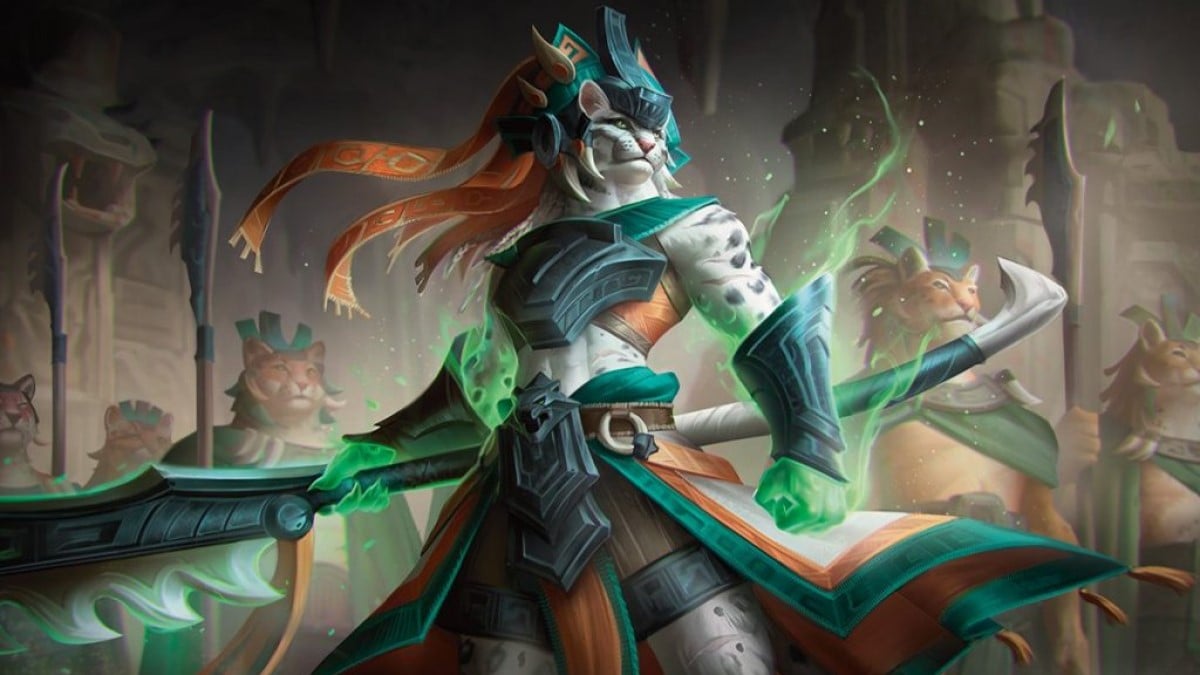


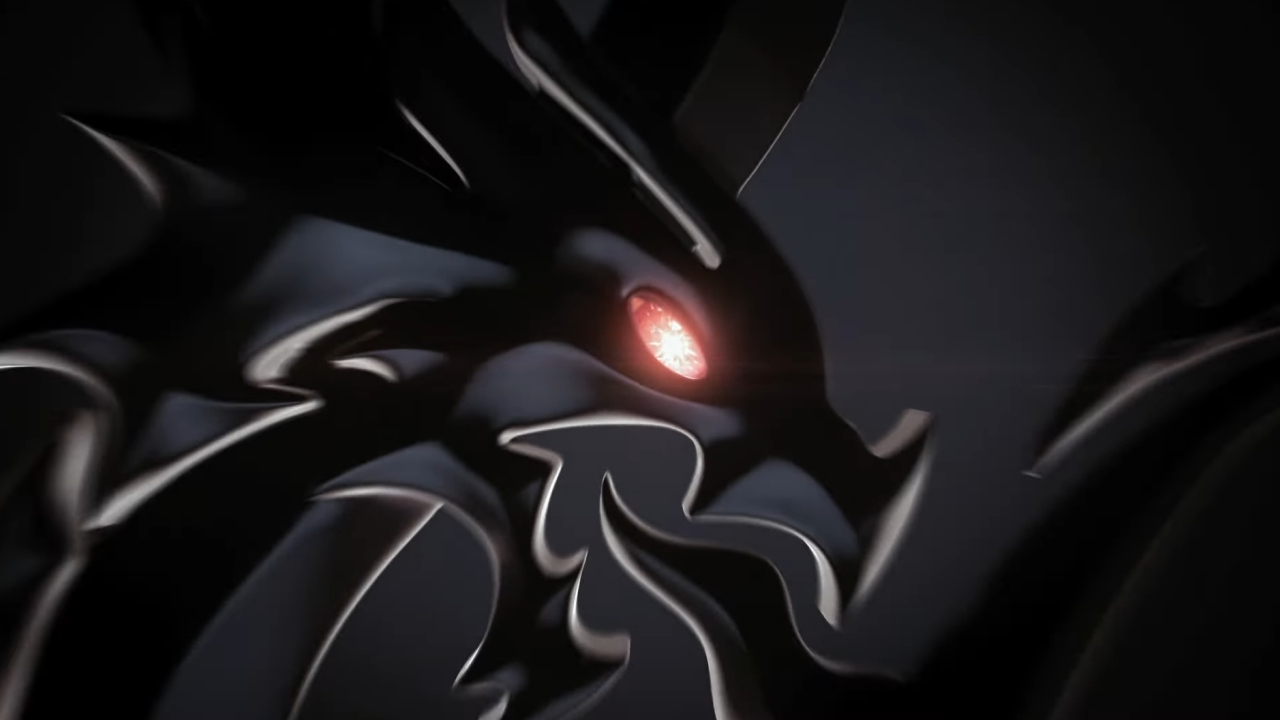
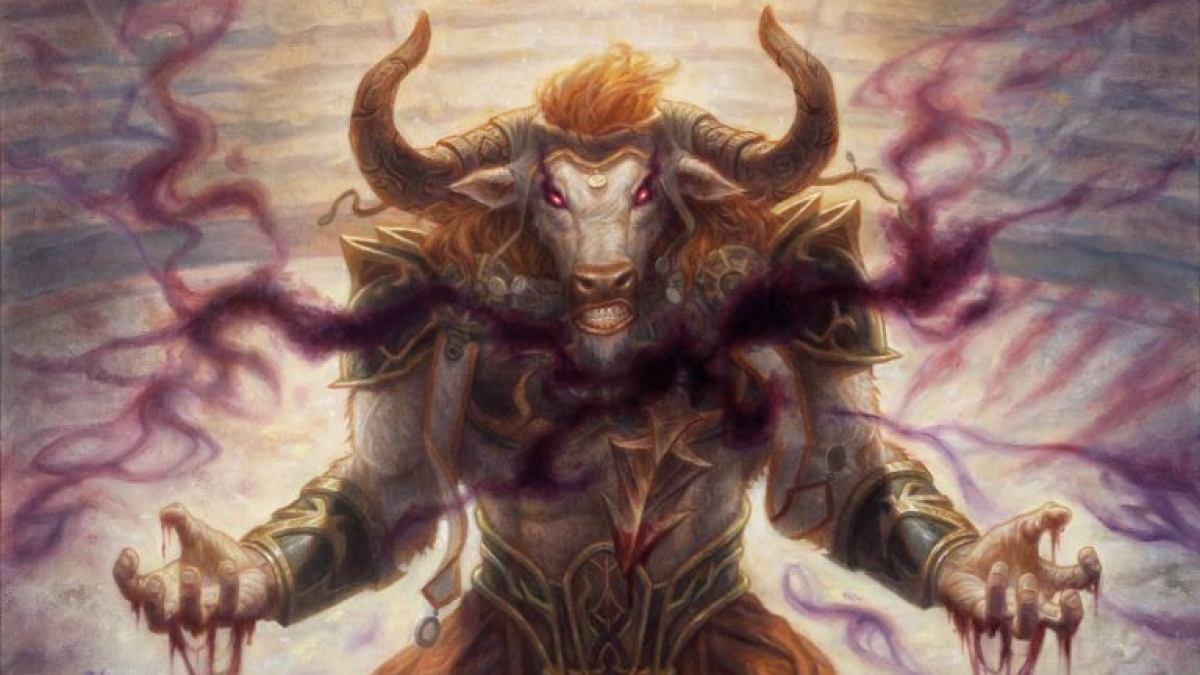
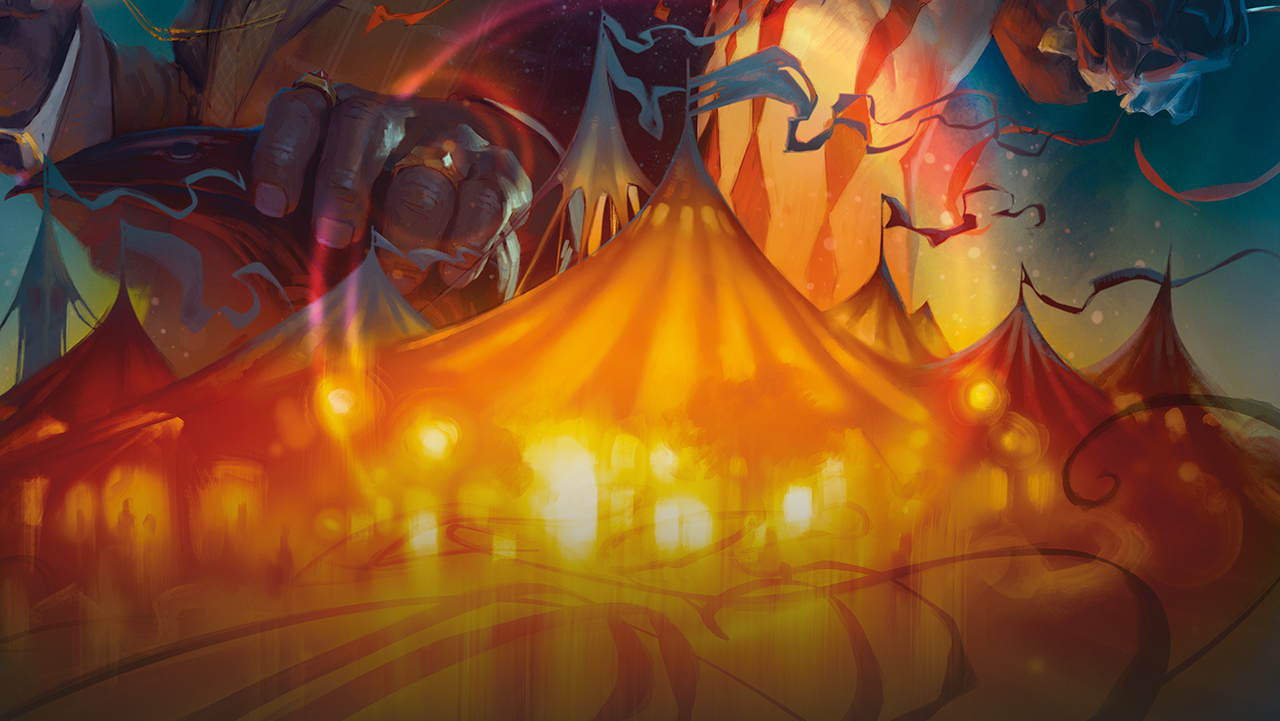
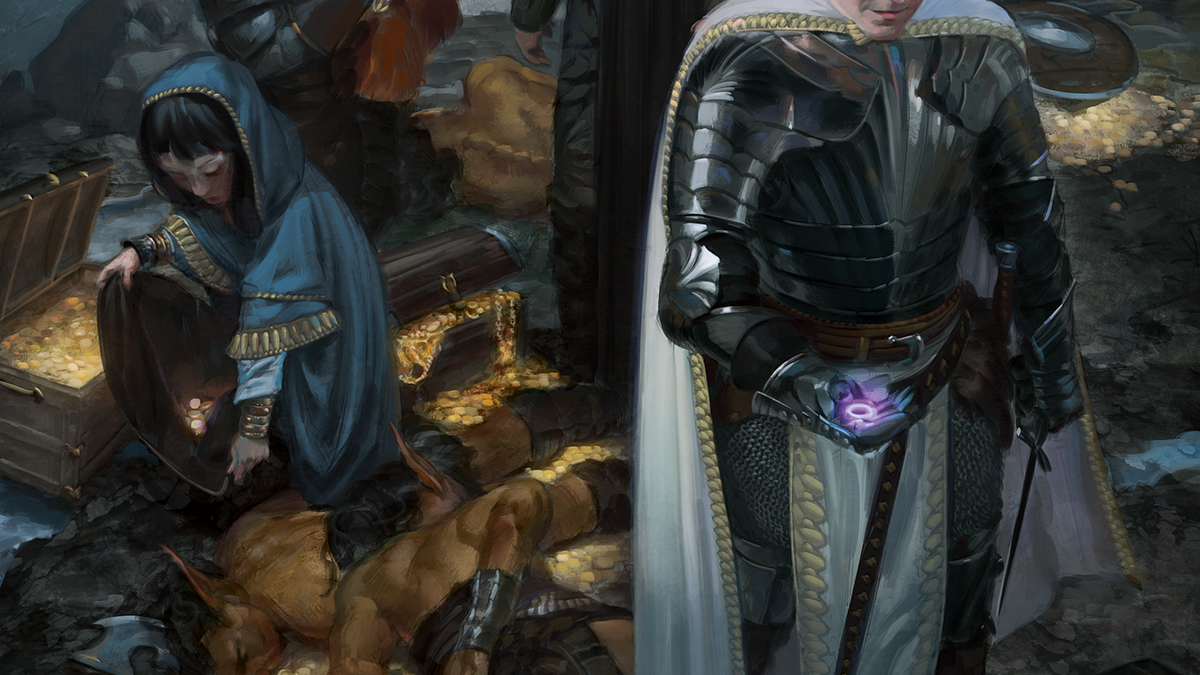
Published: Sep 24, 2023 01:58 am